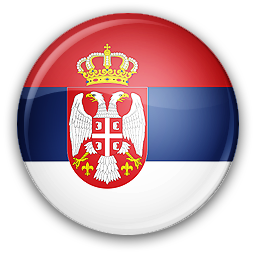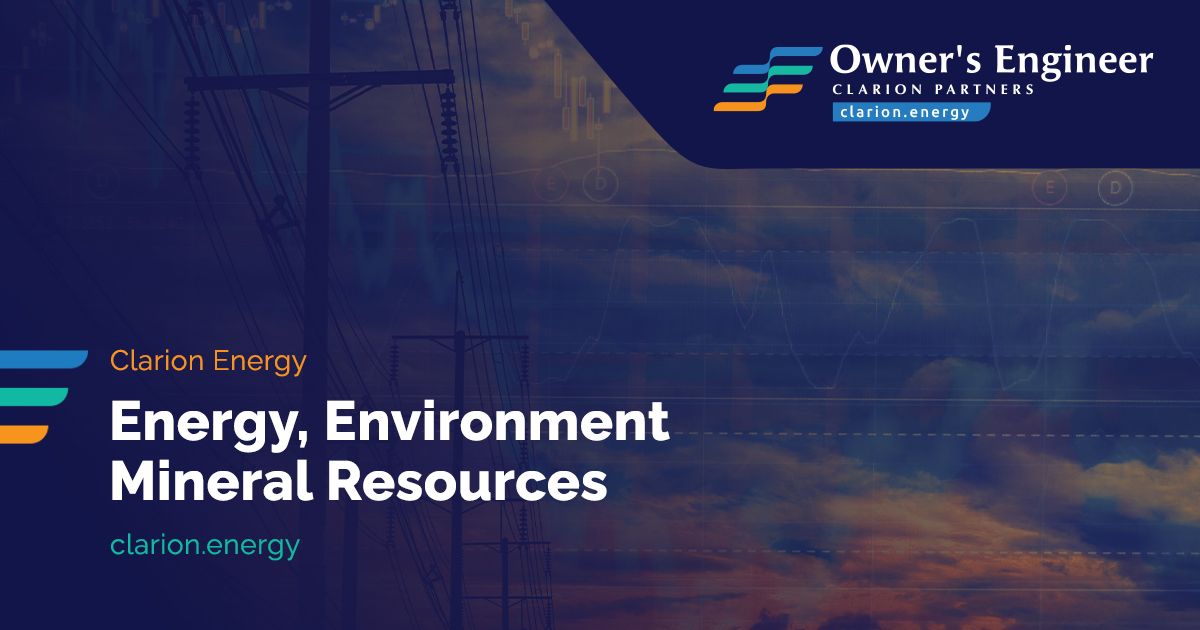The main structure of the electricity market of Montenegro is built around three companies – the transmission system operator CrnogorskiElektroprenosniSistem (CGES), the vertically integrated ElektroprivredaCrne Gore (EPCG), and the electricity market operator of Montenegro Crnogorski OperatorTrzistaElektricneEnergije (COTEE). Apart from the fully state-owned COTEE established by the Government in 2010, the other two companies are corporatized and quoted at the stock exchange of Montenegro. Italy A2A and TERNA are key influencers.
The State holds 55% of equity capital in CGES, and the Italian transmission system operator TERNA acquired nearly 22% in 2010 investing in new shares as a part of the deal to construct an undersea cable between Italy and Montenegro. Most of the remaining shares in CGES belong to investment funds and other minority shareholders.
In EPCG, an undertaking that performs electricity generation, distribution and supply activities, the Italian utility A2A owns 43.7% of the shares, while the State retained 55% and the rest belongs to minority shareholders. The incumbent supplier EPCG was appointed by the Government, in accordance with the Law, to perform the tasks of a “public supplier”
With regard to the electricity market, the Energy Law envisages that all household customers will become eligible in 2015. All non-household customers are already eligible to switch their suppliers. The Market Rules adopted in 2012 include an obligation for all customers connected to the transmission network to switch to non-regulated supply as of 1 January 2013. Customers connected to the distribution network retain the right to be supplied by the public supplier EPCG at regulated prices even after acquiring eligibility status.
Unlike other Contracting Parties, Montenegro does not require domestic licenses for wholesale operations. Several companies, some of them significant regional market players, registered as market participants at COTEE. In addition to the incumbent EPCG, starting from October 2012 another retail supplier, the state-owned MontenegroBonus, has been licensed and begun operation by supplying the largest customer in the country, the aluminum smelter complex KombinatAluminijumaPodgorica (KAP). KAP’s share in electricity taken from the transmission network amounted to 31% in 2012, significantly influencing the average level of transmission charges per unit.
Two companies are licensed for the generation of electricity, EPCG being the dominant producer with 2.7 TWh of annual production in 2012, in the TPP Pljevlja and two HPPs, Piva and Perucica. There are seven small HPPs operated by EPCG, two of them owned by the company Zeta Energy holding a separate license for generation.
Note: Article is the extract from Montenegro electricity market report 2014
Source; Serbia Energy See Desk







